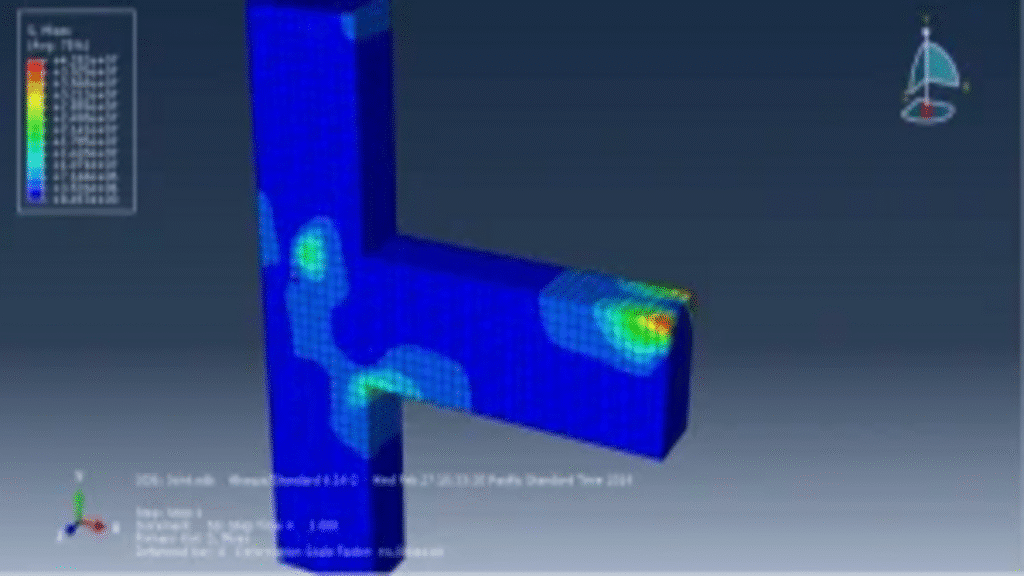
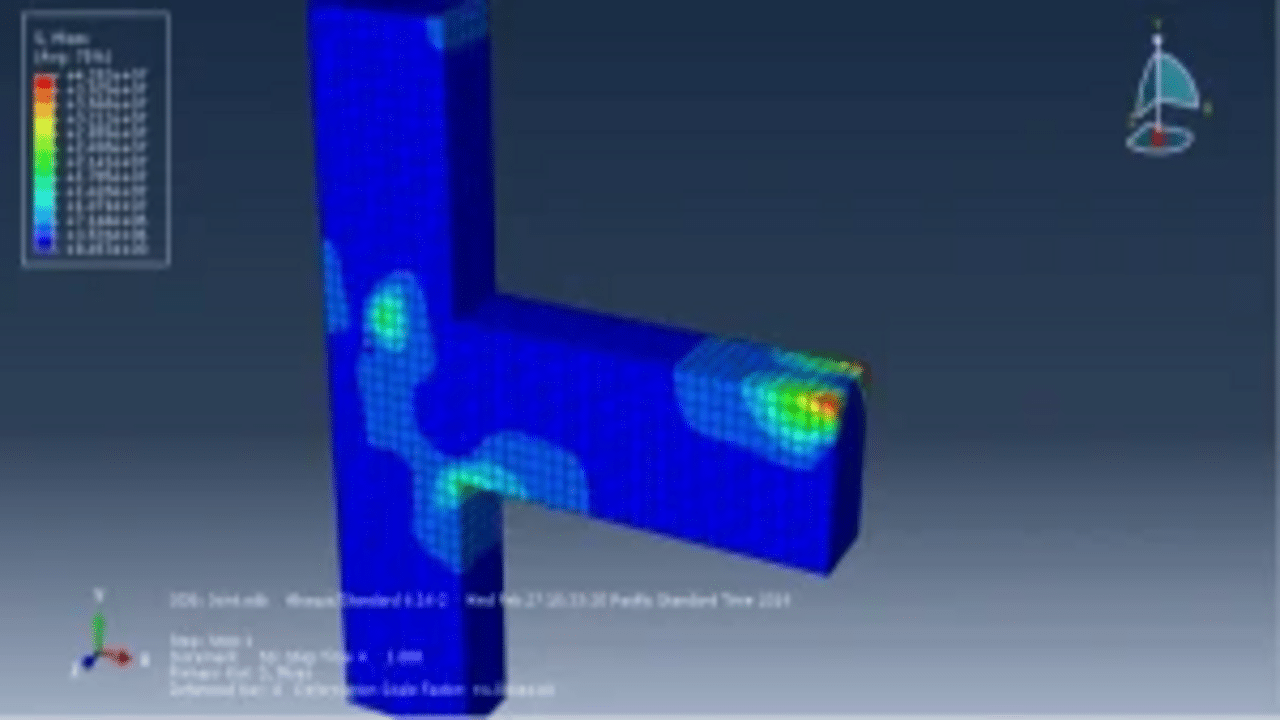
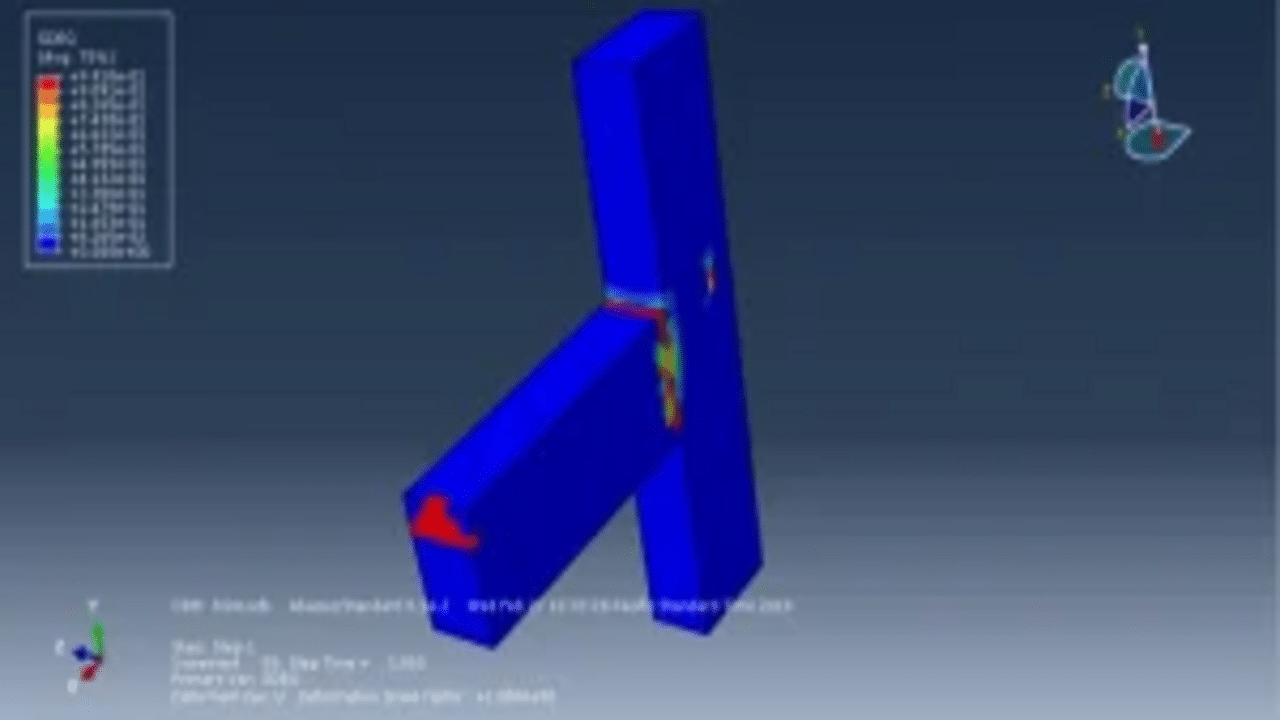
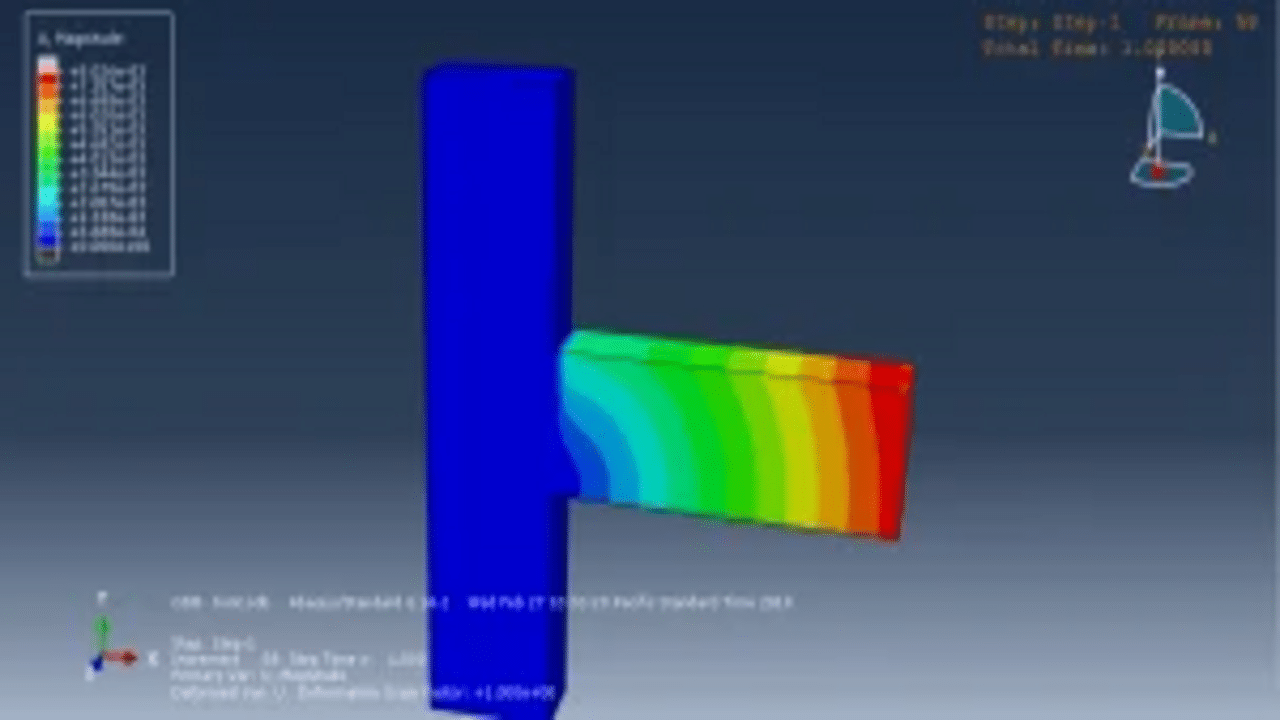
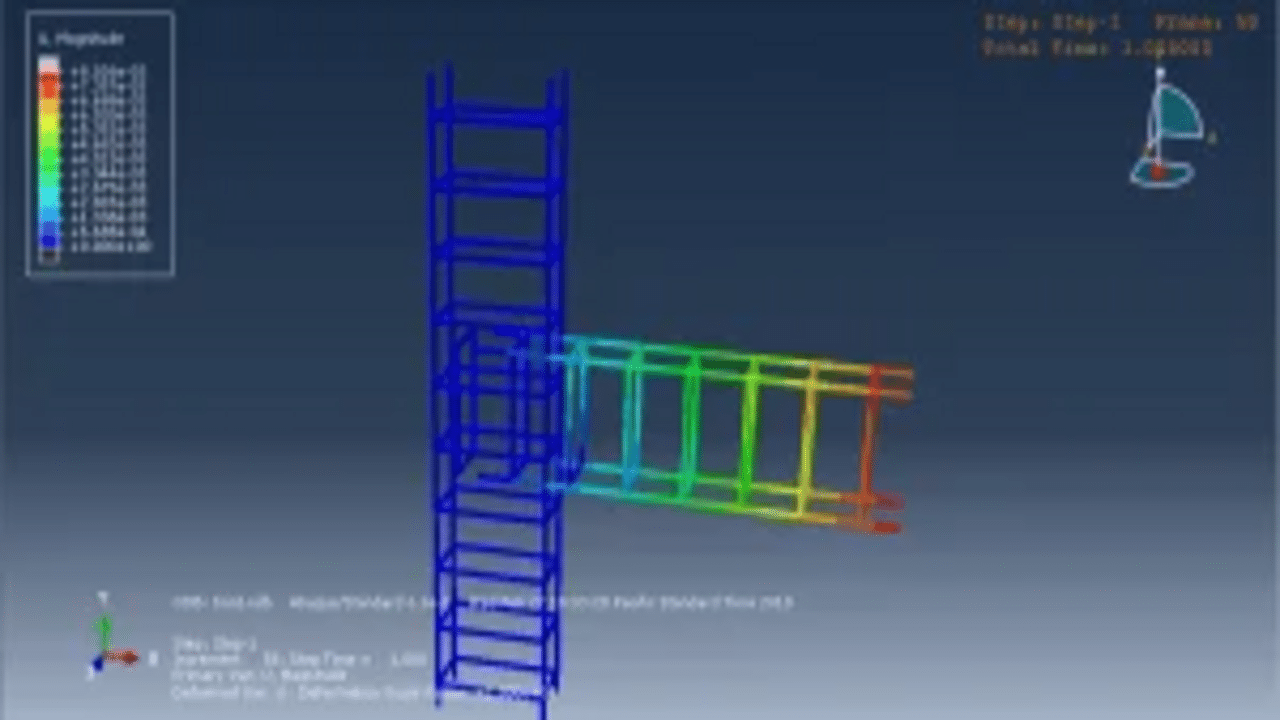
Product Overview:
This tutorial focuses on simulating concrete beam-column joints in Abaqus. The strengthening of existing reinforced concrete structures has become a vital aspect of construction practices worldwide. Many reinforced concrete (RCC) structures exhibit signs of distress and sustain damage prior to the end of their intended service life. This premature deterioration can arise from various factors, including earthquakes, corrosion, overloading, changes in building codes, faulty design and construction practices, as well as impacts from explosions and fire.
As urbanization continues and population density increases, the demand for vertical construction has surged. Consequently, most new developments in recent decades have been framed structures, where the beam-column joint plays a crucial role. Unfortunately, the structural design of these joints is often overlooked, with design efforts primarily focused on ensuring sufficient anchorage for the beams themselves. This neglect can result in unsafe design and detailing within the joint area, posing significant risks to the overall stability of the structure, even if the individual structural elements meet the prescribed design criteria. Joint regions in reinforced concrete framed structures are critical, as they are responsible for transferring forces and bending moments between beams and columns.
In the simulation, the concrete part is modeled as a three-dimensional element using a concrete damage plasticity model to capture its behavior under load. The truss elements are modeled as wire components, employing elastic-plastic material properties for the steel. A general static step is utilized for this type of analysis.

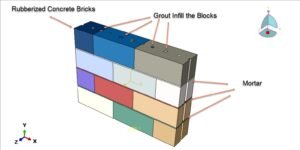
Abaqus
€79,00 €38,00
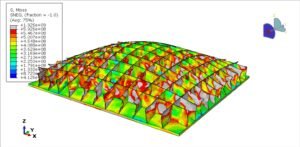
Abaqus
€68,00 €34,00
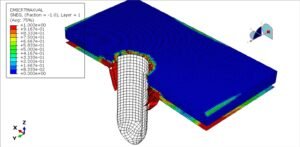
Abaqus
€77,00 €39,00
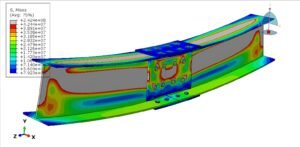
Abaqus
€79,00 €39,00
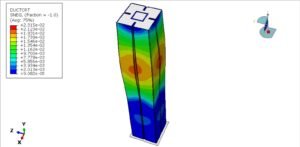
Abaqus
€75,00 €37,00
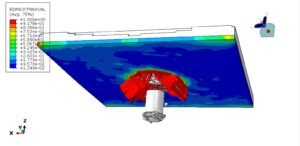
Abaqus
€76,00 €38,00
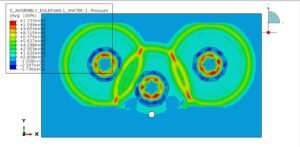
Abaqus
€79,00 €38,00
See more

Want to receive push notifications for all major on-site activities?